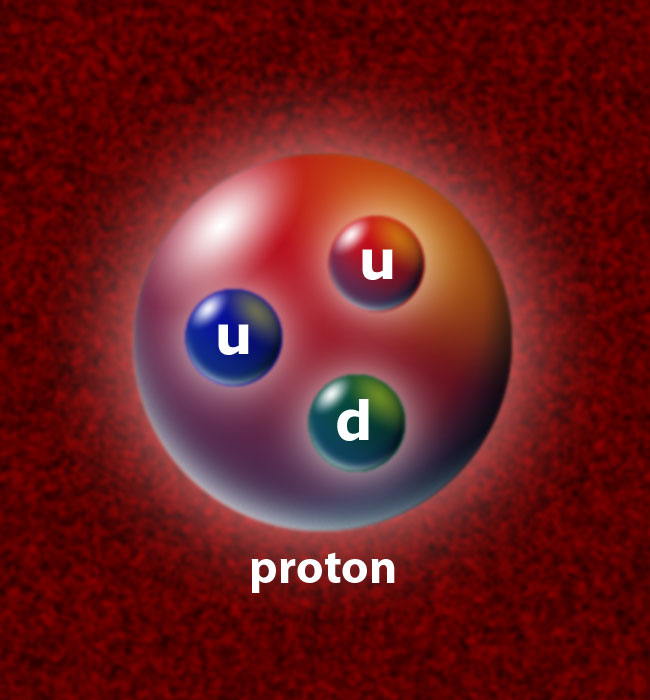How big is a proton? The most accurate measurement yet suggests it's smaller than we thought. This could be due to an error – or it might just hint at totally new particle physics.
"The new experiment presents a puzzle with no obvious candidate for an explanation," says Peter Mohr of the international Committee on Data for Science and Technology (CODATA), which calculates values for fundamental constants in physics, who was not involved in the new work.
(...)
The electron can sit in a variety of energy "shells", each with a different distribution in space. One shell's distribution requires the electron to dive in and out of the proton, and another sits entirely outside the proton. The energies of both of these shells can be combined to deduce the proton's radius, using a theory known as quantum electrodynamics (QED).
(...)
New physics?
Mohr reckons the problem is likely to lie with an error in one of the measurements; either that of the hydrogen atom or the muonic atom, or with an error in the calculations.
Savely Karshenboim, also a CODATA member at the Max Planck Institute of Quantum Optics, is betting on an error in the muonic atom study because it "contradicts another convincing result".
If such errors are ruled out, however, the discrepancy would point to a problem with QED, a theory that underpins much of particle physics. That deficiency opens the door to new physics at work in atoms, such as previously unknown particles.
Pohl stands by his experimental result, but cautions against leaping to this conclusion. "New physics can of course always be used to explain any discrepancy, but before such a claim can be made, a lot of hard work is ahead."
Journal reference: Nature, DOI: 10.1038/nature09250
via newscientist.com
(click the link right up to read the entire article)
(click the link right up to read the entire article)



No comments:
Post a Comment